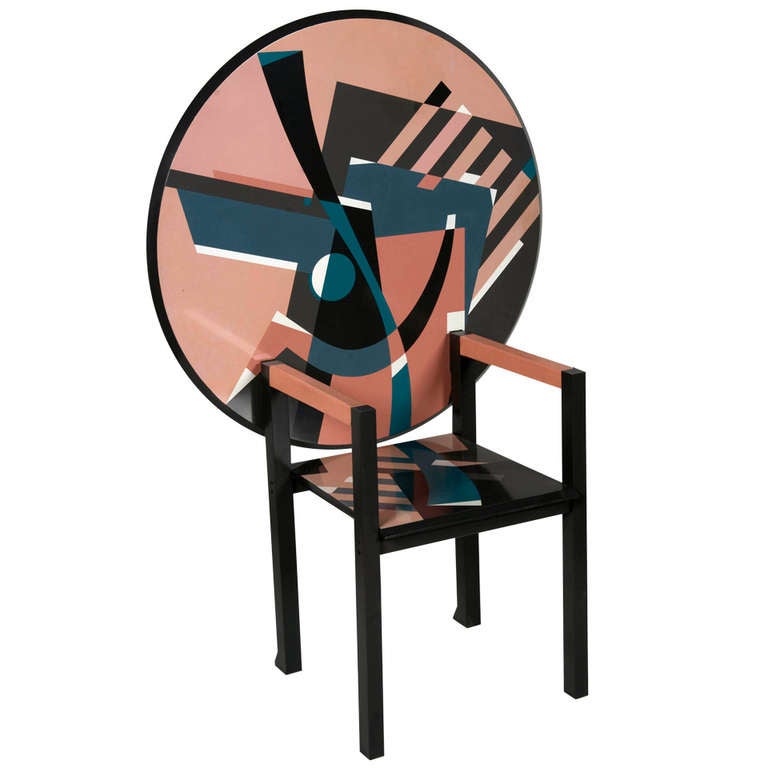“Anti-Design ……”
Anti-Design rejected the rational guidelines
of the Modern Movement and sought to make an individual’s visionary
communication within design acceptable.
Surrealism was one of the first examples of
Anti-Design and in the 1940s it influenced the Turinese Baroque Style – a style
of Italian designers, including Carlo Mollino, who were against rationalism.
Anti-Design influenced the progressive
artists, commonly known as the avant-garde, in the late 1960s. At that time, several design groups that were
forming in Italy no longer believed in Modernism. They protested against Modernism. According to them, Modernism was no longer a
cultural compelling influence because it had been damaged by industrial interests,
when industrialists turned it into a consumerist marketing venture.
The Anti-Design Movement highly criticized
the advanced technology and consumerism.
In 1974 a school called “Global Tools” was founded, in order to discover
simple non-industrial techniques to encourage individual creativity. However, “Global Tools” lasted only a year
and that marked the end of the first period of the Anti-Design of the
1970s. At that point, certain designers
who were associated with the Anti-Design Movement, including Alessandro Mendini
and Ugo La Pietra, thought that there was no future for the design that they
believed in. However, within three
years, those designers who were involved with Studio Alchimia took up the Anti-Design
Movement once again. They wanted to
bring back design that was spontaneous, creative and with a meaning. Studio
Alchimia was an Italian design studio (not in favour of Modernism) founded in
1976, initially as a gallery to exhibit works which were not created under any
industrial production pressure.
At the beginning of the 1980s, Charles
Jencks, amongst other American critics of Modernism, called for “elements which are hybrid rather than pure
…… messy vitality over obvious unity”. Jencks
was very much against Modernism and he referred to the rectilinear high-rise
buildings constructed in the 1960s as “dumb
boxes”! Those buildings were
inspired by the architecture of Le Corbusier and Ludwig Mies van der Rohe whom
I mentioned when I wrote about the International Style and Bauhaus.
In the 1980s, when the American critics of
Modernism emerged, along with Memphis (founded in Milan, Italy in 1981),
Anti-Design, with its liberation from formality and simplicity evolved into a
well-known international style – Post-Modernism.
design IQ, (2013), Zanotta SACCO bean bags [ONLINE].
[Accessed 22 December 13]

gift guid, (2013), Guido Drocco and Franco Mello Cactus Coat Stand [ONLINE].
Available at: http://assets.coolhunting.com/coolhunting_giftguide/giftguide/2013/11/21/feature_cactus-larcobaleno.jpg
[Accessed 22 December 13]
milano arte expo , (2012), Alessandro Mendini, Kandissi, 1978, legno e stoffa [ONLINE].
Available at: http://milanoartexpo.files.wordpress.com/2012/06/alessandro-mendini-kandissi-1978-legno-e-stoffa.jpg?w=432&h=288
[Accessed 22 December 13]

1stdibs, (2012), Mendini "Zabro" chair-table [ONLINE].
[Accessed 22 December 13]
Other Reference:
Book: Fiell, C.F and P.F, (1999). Design of the 20th Century. 2nd ed. Germany: Taschen


No comments:
Post a Comment